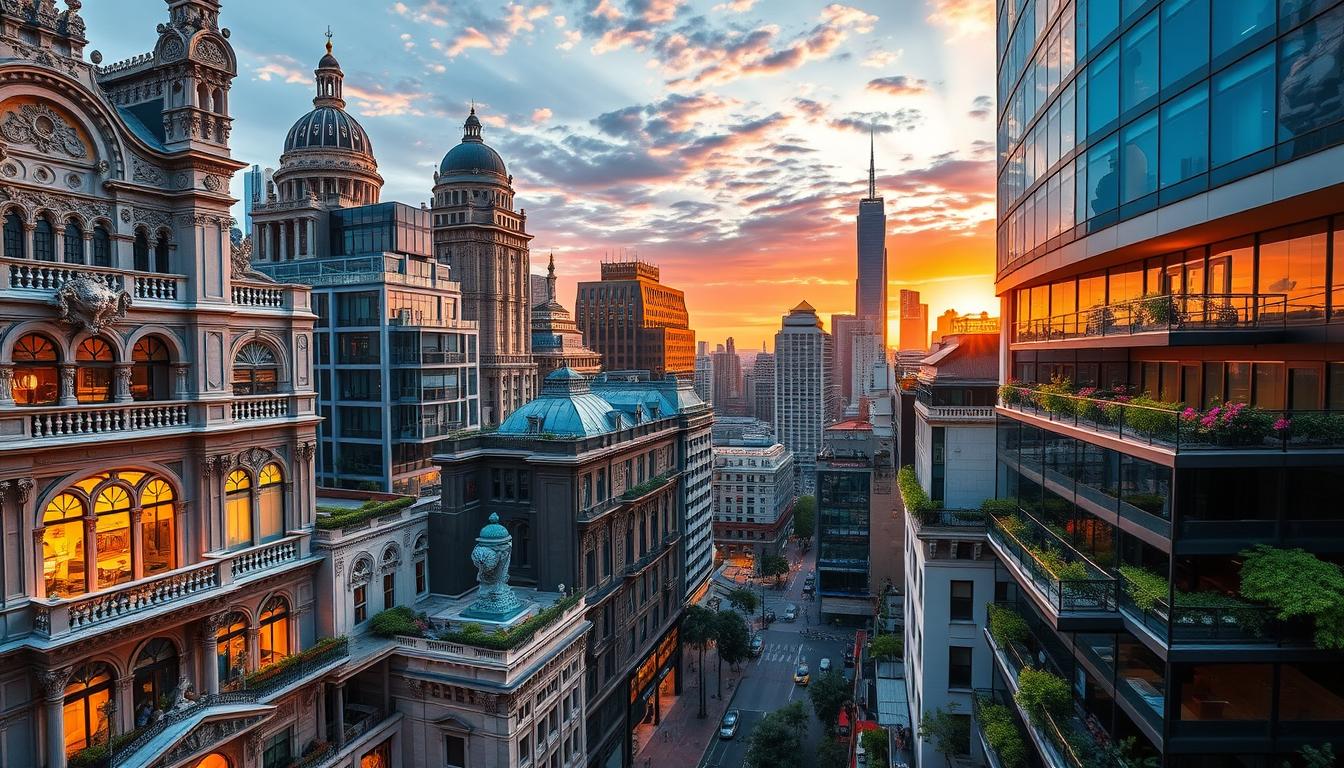Arhitektura kao umetnost je zanimljiv spoj funkcionalnosti, dizajna i inženjerstva. Ovaj spoj stvara prostor koji koristimo i u kome živimo. Zgrade kao umetnička dela sadrže duboku simboliku i suštinu vremena u kojem su napravljene. Reflektuju spoljašnji i unutrašnji uticaj društva. Istraživanje arhitekture kao umetnosti otkriva kako se ideje i vizije arhitekata materijalizuju u fizičkim strukturama. ... <a title="Arhitektura kao umetnost – Kako zgrade postaju umetnička dela" class="read-more" href="https://www.skart.rs/arhitektura-kao-umetnost-kako-zgrade-postaju-umetnicka-dela/" aria-label="More on Arhitektura kao umetnost – Kako zgrade postaju umetnička dela">Read more</a>
Impresionizam u slikarstvu – Kako je pokret promenio percepciju umetnosti
Impresionizam je jedan od najznačajnijih umetničkih pokreta koji je ikada postojao, i osvežio je način na koji posmatramo svet oko nas. Kraj 19. veka doneo je revolucionarne promene u umetnosti, a impresionisti su bili ti koji su pomerili granice percepcije umetnosti. Inovativni pristupi svetlosti, boji i tehnici slikanja, koje su koristili umetnici kao što su ... <a title="Impresionizam u slikarstvu – Kako je pokret promenio percepciju umetnosti" class="read-more" href="https://www.skart.rs/impresionizam-u-slikarstvu-kako-je-pokret-promenio-percepciju-umetnosti/" aria-label="More on Impresionizam u slikarstvu – Kako je pokret promenio percepciju umetnosti">Read more</a>
Šta je arhitektura? Osnovni principi koji definišu ovu umetnost
Arhitektura je fascinantno polje koje spaja umetnost i nauku kako bi kreirala prostore u kojima živimo, radimo i provodimo vreme. Kao umetnost zgrada, ona predstavlja više od pukog dizajna; uključuje pažljivo balansiranje estetskih vrednosti sa funkcionalnim potrebama. Kroz vekove, arhitekti su razvijali različite stilove i pristupe, prilagođavajući se društvenim, kulturnim i tehnološkim promenama. Osnovni principi ... <a title="Šta je arhitektura? Osnovni principi koji definišu ovu umetnost" class="read-more" href="https://www.skart.rs/sta-je-arhitektura-osnovni-principi-koji-definisu-ovu-umetnost/" aria-label="More on Šta je arhitektura? Osnovni principi koji definišu ovu umetnost">Read more</a>


